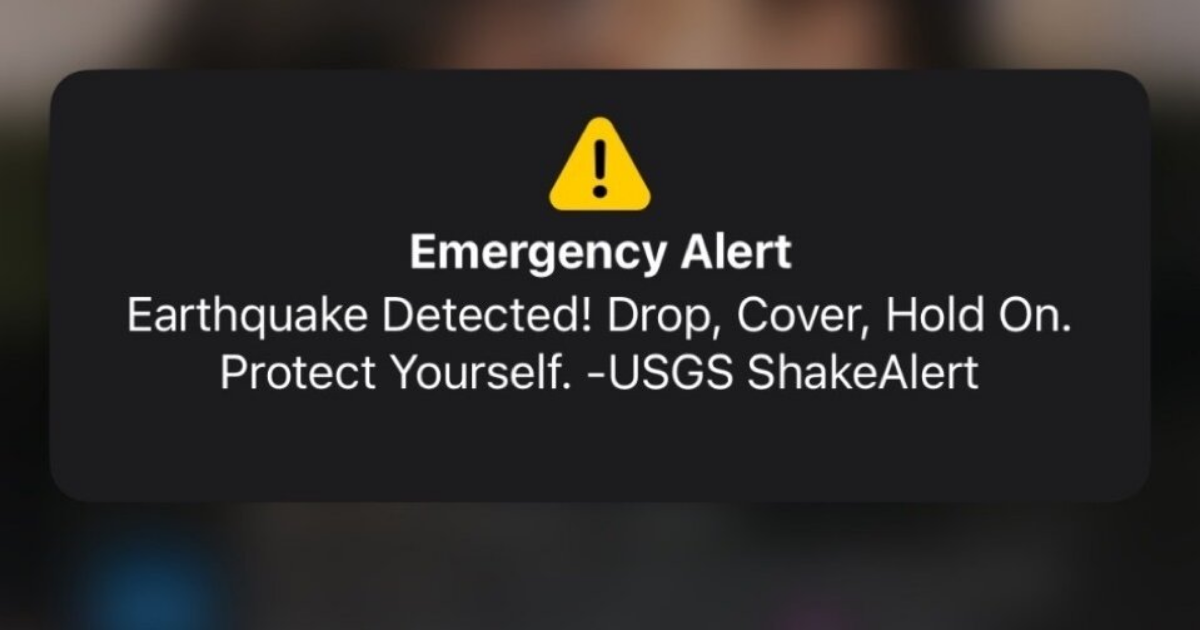Millions of people across Southern California learned about a 5.2-magnitude earthquake that hit San Diego County on Monday not from their windows rattling or their picture frames clattering, but from a noisy alert on their mobile phones seconds before the shaking started.
The urgent messages — advising people to “drop, cover, hold on. Protect yourself” — were created with a tool from the United States Geological Survey known as ShakeAlert. The system detects earthquakes as soon as they start happening and quickly gathers information to determine which areas are likely to experience strong shaking. ShakeAlert operates on the notion that each and every fraction of a second is precious time that people can use to react and avoid injury before shaking from an earthquake occurs.
Here’s how the system works:
The ShakeAlert early warning system monitors for earthquakes across the West Coast with the help of tens of thousands of seismic stations, each the size of a compact car and buried about six feet underground. The stations are equipped with sensors that detect the full spectrum of seismic waves, the vibrations that travel through the Earth and toward the surface after an earthquake, similar to the way ripples radiate across water when a pebble is dropped into a lake.
The waves travel at different speeds, and the success of the system is built on this. The fast-moving primary waves, or P-waves, travel at about four miles per second; they are gentler and less likely to cause destruction. The stronger secondary waves, or S-waves, move much more slowly, about two and a half miles per second. They are more likely to cause damage in an earthquake.
The goal of ShakeAlert is to capture the P-wave data, process it on the U.S.G.S.’s high-speed computers and make it available to government agencies and private companies like apps that send out alerts before the S-waves hit the surface.
“It’s all automated, and it’s all happening really fast,” said Robert de Groot, a physical scientist at the agency and a coordinator for ShakeAlert.
Note: Map shows the area with a shake intensity of 3 or greater, which U.S.G.S. defines as “weak,” though the earthquake may be felt outside the areas shown. Source: U.S.G.S. By William B. Davis and John Keefe
Thank you for your patience while we verify access. If you are in Reader mode please exit and log into your Times account, or subscribe for all of The Times.
Thank you for your patience while we verify access.
Already a subscriber? Log in.
Want all of The Times? Subscribe.



